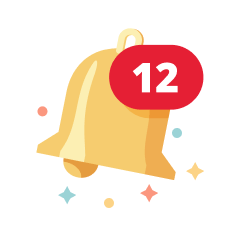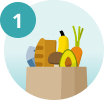
Default Store Checkers Mall Of The North
What is Pollination?
Pollination is how insects help plants to make seeds.
Pollination 101
Pollination is when pollen grains from an anther, the male portion of a flower, are transferred to a female part of the flower, known as the stigma.
There are two types of pollination; self-pollination and cross-pollination. Self-pollination only involves one flower. This type of pollination occurs when pollen grains fall directly onto the stigma of the same flower. Cross-pollination involves the transfer from the flower of one plant to the flower on a different plant with a different genetic make-up.
The Role of Bees in Pollination
When bees land on a flower, their feet often go into a spot on the plant that holds pollen sacs. When the bee flies away, it carries off this sac and when it lands on another flower looking for sugary nectar, the sac with pollen falls off, starting the process of pollination.
How Pollination Produces More Plants
After pollination, a pollen grain on the stigma of a flower grows a tiny tube. This pollen tube carries a male gamete to meet a female gamete in an ovule. This is called fertilisation, the two gametes join and their chromosomes combine. The fertilised ovule then forms a seed, which contains a food store and an embryo that will later grow into a new plant.























